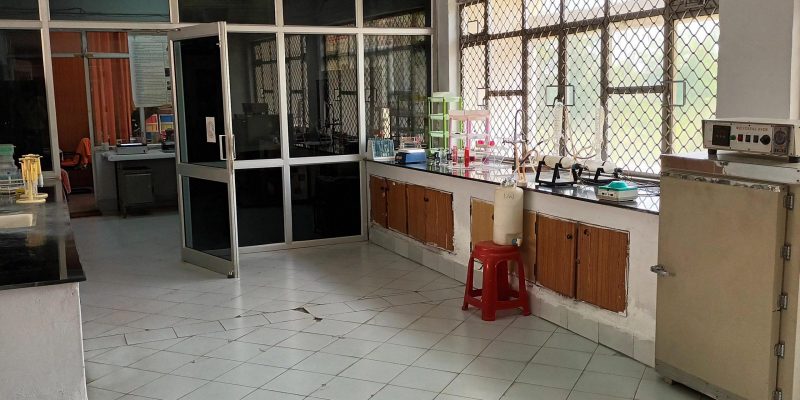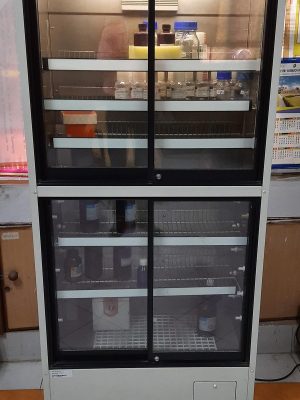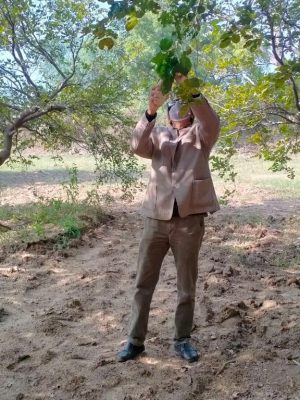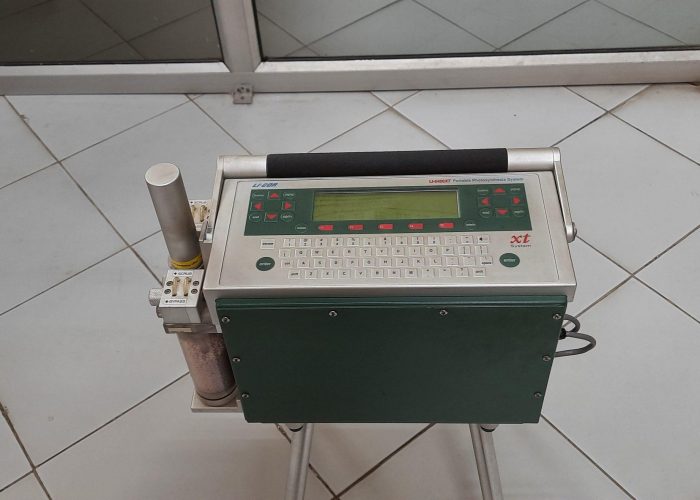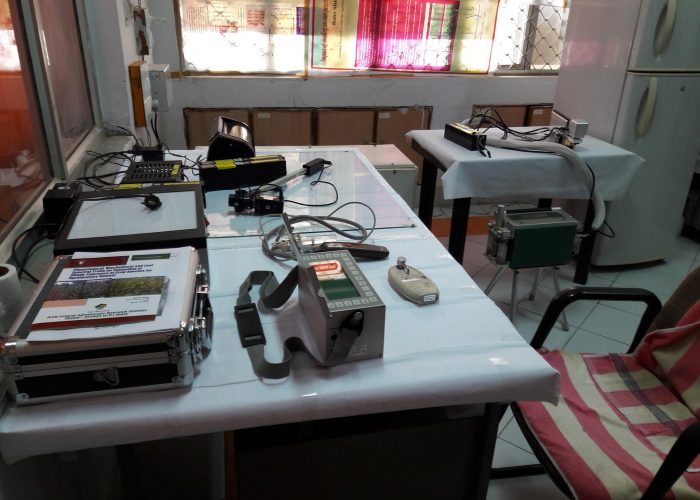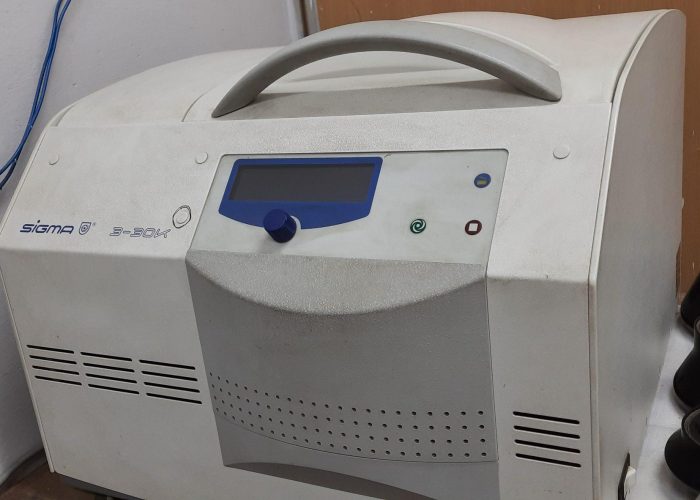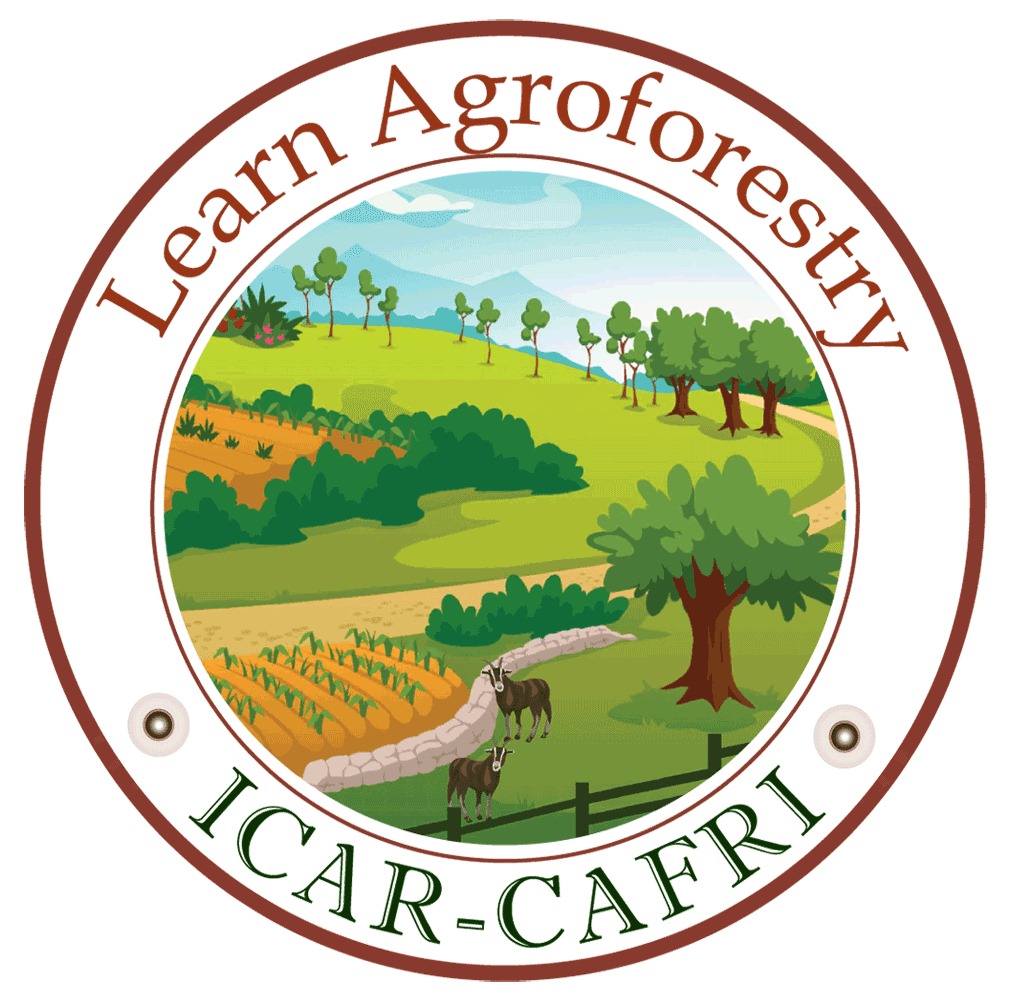Tree Physiology
Research program:
Carbon and Climate Change Research
Incharge :
Dr. Badre Alam, Principal Scientist (Plant Physiology)
Mandates/target area:
- Basic and applied research on tree/crop physiology in agroforestry.
- Microclimate dynamics and eco-physiological studies of agroforestry tree species with relation to functional traits.
- Plant Physiological, morphological and biochemical approaches for understanding the major component limitations of agroforestry systems focusing environmental constraints.
- Photosynthetic efficiency of agroforestry tree species.
Ongoing project/activities :
Ecophysiological dynamics for assessing climate change mitigation potential of contrasting tree populations of Pongamia pinnata.
- The recent ongoing research efforts are progressing to obtain quantified data and information on the climate change mitigation potential of the Pongamia pinnata tree population for improved understanding and information on the mechanistic insights for the ecophysiological traits relating to tree biomass and carbon gain in the context of climate change.
Major achievements :
- For the first time it has been established that about 33% shade is the critical limit of shade for the crops of agroforestry importance as major physiological functions are alarmingly affected beyond this level (except shade-loving crop).
- Important physiological, biochemical and leaf spectral traits including crop phenology, biomass index, photosystem-2 activity, CO2 assimilation rate, chlorophyll content index (CCI), enzymic and non-enzymic antioxidants and yield for better understanding and evaluation of shade tolerance of crop species for agroforestry systems have been identified.
- A few crops namely soybean, blackgram, sesame, turmeric; mustard, barley, pea have been identified to be relatively shade-resilient for agroforestry systems.
- Ecophysiological and leaf reflectance based spectral traits were elucidated as the indicators for determining the understory crop component’s limitation (growth and productivity) with special reference to microclimate in agroforestry system.
- MPTS (e.g. Dalbergia sissoo, Hardwickia binata, Anogeissus pendula, Anogeissus latifolia, Eucalyptus sp.) in agroforestry system have contributed in improving microclimate.
- Higher physiological efficiency and sustenance of leaf water relations in clonal plants of Pongamia pinnata than seedling plants in field during dry hot summer season indicated its higher drought tolerance and adaptive potential.
- Thermo-tolerance of selected MPTs of agroforestry importance namely karanj (Pongamia pinnata), sisham (Dalbergia sissoo), safed siras (Albizia procera) and neem (Azadirachta indica) have been characterized and assessed. The chosen species were able to tolerate an elevated temperature up to 2°C from ambience. Notwithstanding, significant adverse effect was noticed once the temperature shot over 2°C than ambient conditions. The study also revealed that canopy temperature depression (CTD) and chlorophyll content index (CCI) as the thermotolerance indices in the agroforestry tree species.
Publications :
- Alam et al., Physiology and Molecular Biology of Plants. 2018, 24(5):985-992. https://doi.org./10.1007/s12298-018-0537-0
- Alam et al. Agricultural and Forest Meteorology, 2018, 249: 138-148. https://doi.org/10.1016/j.agrformet.2017.11.031
- Taria et al., Agroforestry Systems.2020, 94:941-951. https://doi.org/10.1007/s10457-019-00461-w
- Taria et al., Scientia Horticulturae. 2022, 303: 111247 https://doi.org/10.1016/j.scienta.2022.111247
- Chavan et al., Environment, Development and Sustainability, 23: 4573–4593 (2021) https://doi.org/10.1007/s10668-020-00788-w

